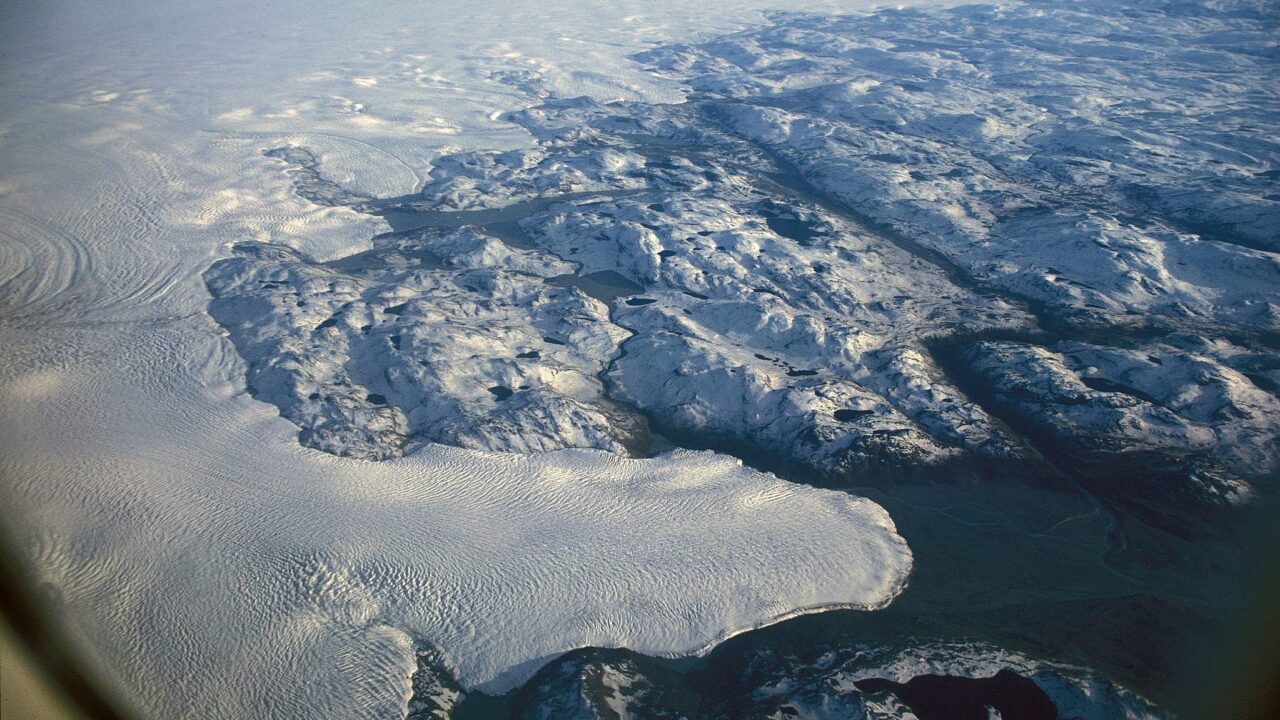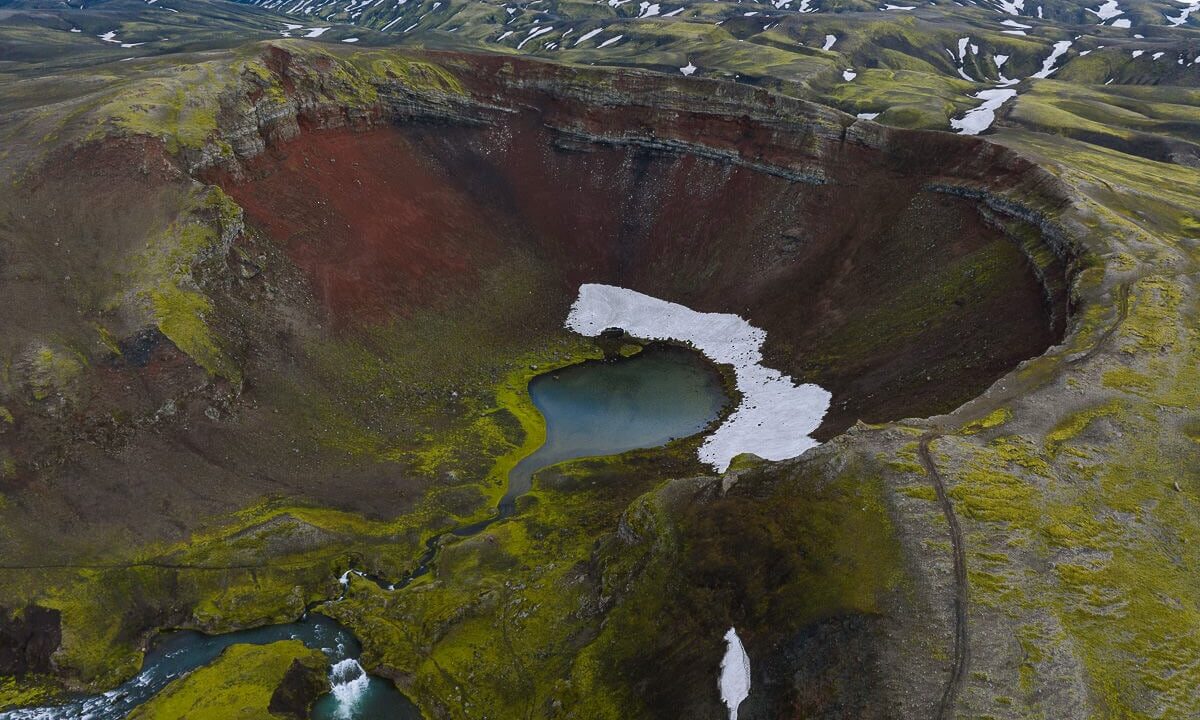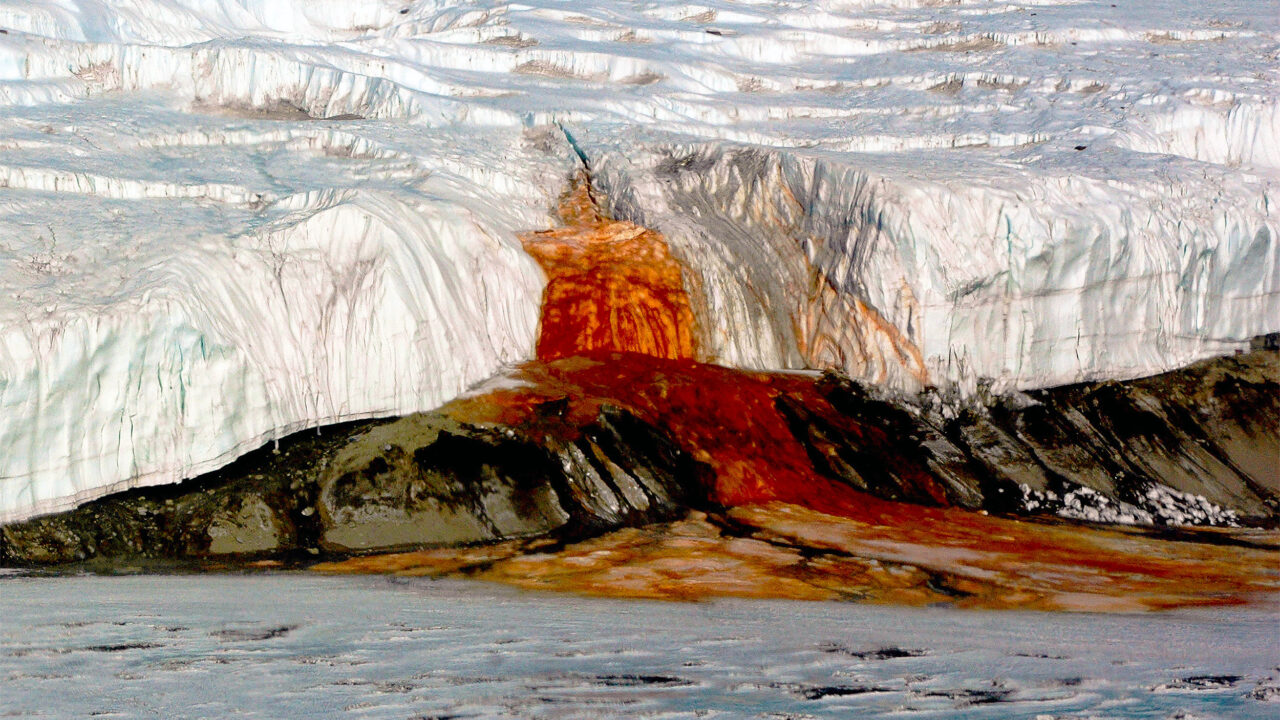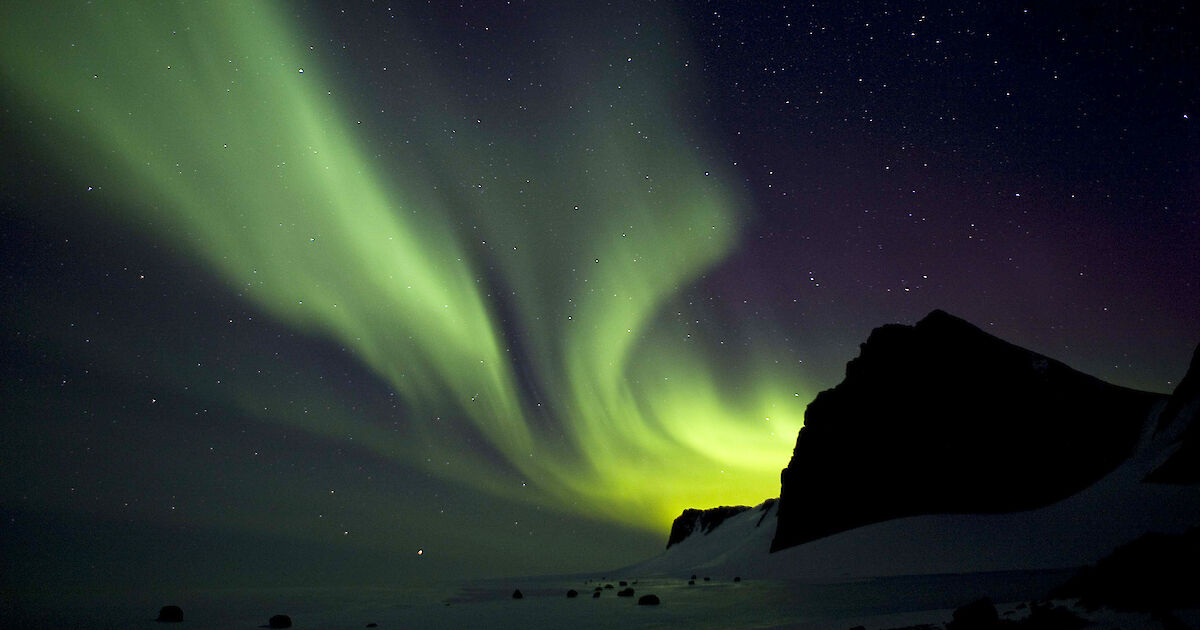The Aurora Borealis, also known as the Northern Lights, is one of the most spectacular natural phenomena on Earth. The night skies of the northern polar regions often glow with shades of green, red, purple, and blue that dance among the stars. This breathtaking light display has fascinated humanity for thousands of years and remains a symbol of both beauty and the mystery of the universe.
What Is Aurora Borealis?
The Aurora Borealis is a natural light display that appears in the night sky, especially in areas near the North Pole such as Norway, Iceland, Canada, and Alaska. A similar phenomenon occurs in the Southern Hemisphere and is called the Aurora Australis, or the Southern Lights.
The word “Aurora” comes from the Roman goddess of dawn, while “Borealis” is Latin for north.
ALSO SEE :
The Frog Rain Village in Serbia, When the Sky Showers Amphibians
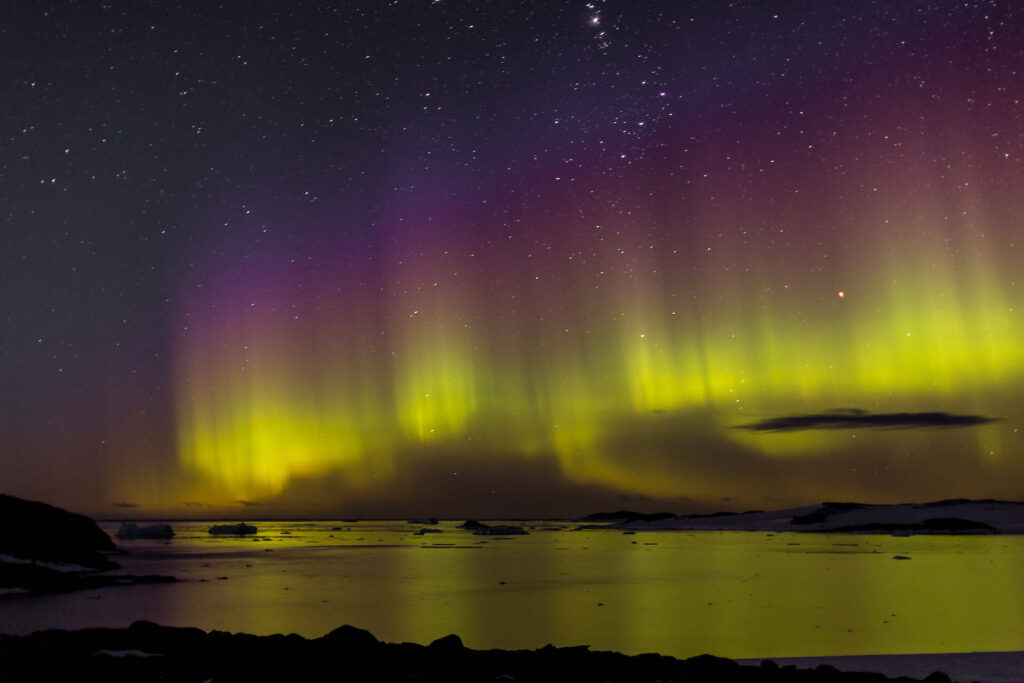
How the Aurora Occurs
This phenomenon happens when charged particles from the sun, known as the solar wind, interact with the Earth’s magnetic field and upper atmosphere.
- The sun constantly releases streams of charged particles into space.
- When solar activity increases, more of these particles travel toward Earth.
- Upon reaching the Earth’s atmosphere, they collide with oxygen and nitrogen atoms.
- These collisions release energy in the form of colorful light, creating the aurora.
The color of the aurora depends on the type of gas involved and the altitude where the collision occurs:
- Green – the most common color, produced by oxygen around 100 km above the Earth.
- Red – produced by oxygen at altitudes above 200 km.
- Purple and Blue – caused by nitrogen at lower atmospheric layers.
Best Places to See the Aurora Borealis
Some of the best places in the world to witness this magnificent light show include:
- Tromsø, Norway
- Reykjavik, Iceland
- Fairbanks, Alaska
- Yellowknife, Canada
- Lapland, Finland
The ideal time to view the aurora is between September and March, when nights are long and skies are dark.
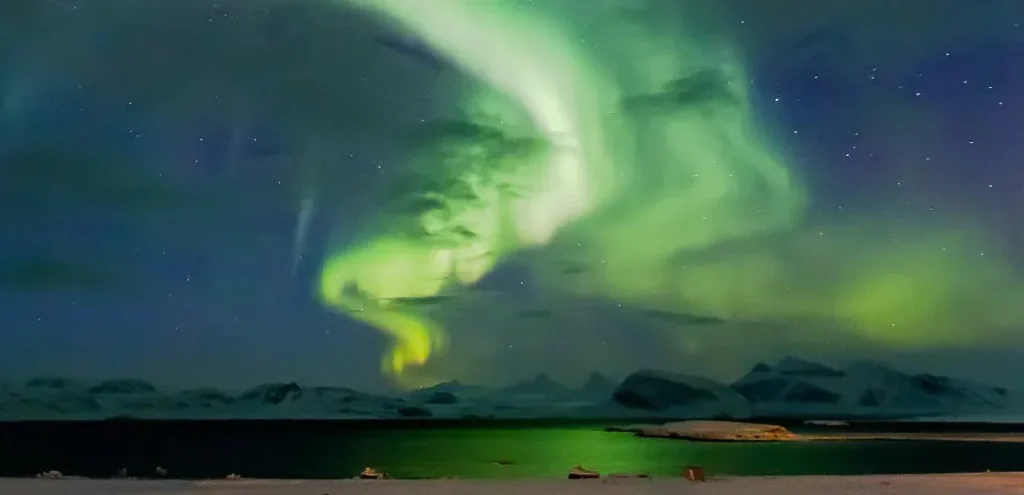
Aurora in Culture and History
Throughout history, people living near the polar regions have created myths and legends to explain the aurora.
- The Vikings believed the lights were reflections from the armor of the gods’ warriors.
- The Inuit of Alaska saw them as the spirits of ancestors playing in the sky.
- In Finland, the lights are called “Revontulet,” meaning “fox fires,” based on the legend of a magical fox whose tail sent sparks into the night sky.
Scientific and Technological Impact
Beyond their beauty, auroras also have scientific significance. They are directly linked to space weather and solar activity. During strong geomagnetic storms, the surge of charged particles can interfere with satellites, radio communication, and power grids on Earth.
For this reason, scientists closely monitor auroras to better understand the sun’s activity and its effects on our planet.
ALSO SEE :
Tips for Choosing the Best Laptop for Programmers and Content Creators
Conclusion
The Aurora Borealis is one of nature’s most stunning wonders a perfect blend of art and science. It showcases the extraordinary interaction between the Earth and the sun.
For many people, witnessing the Northern Lights in person is both a spiritual and scientific experience a moment that connects humanity with the vast beauty of the cosmos.


